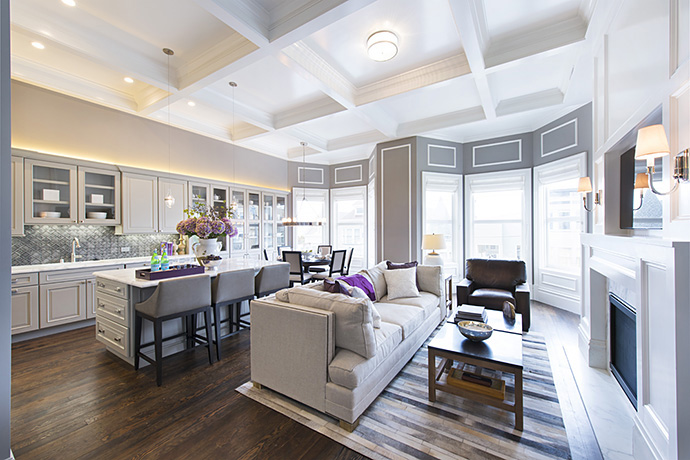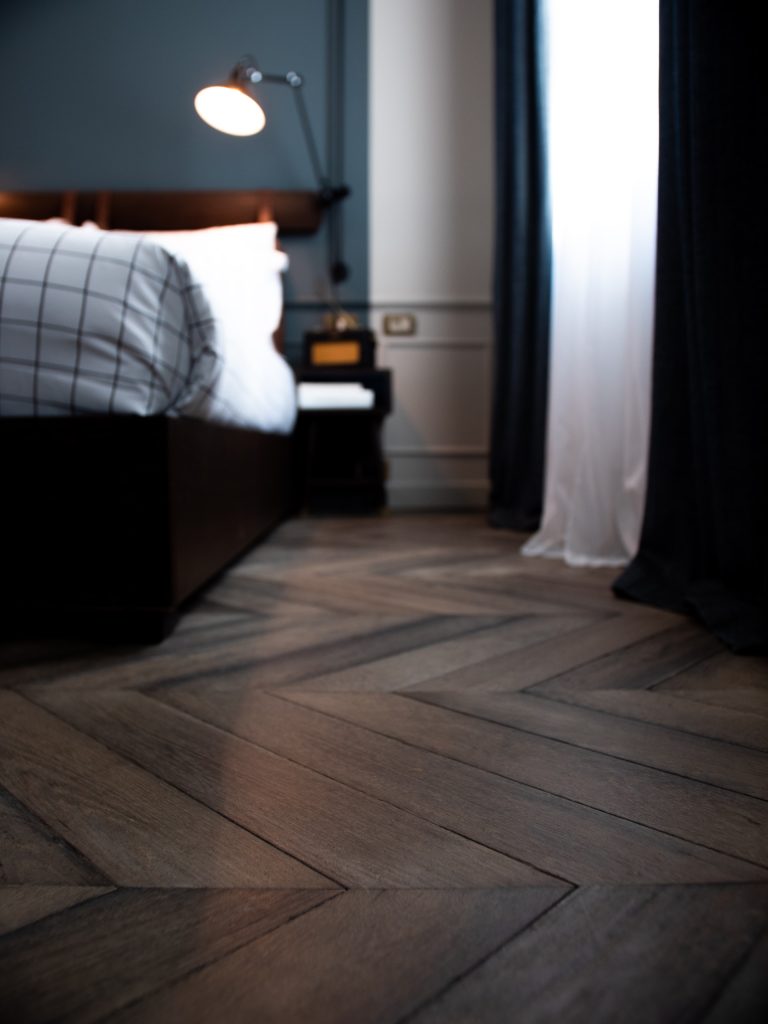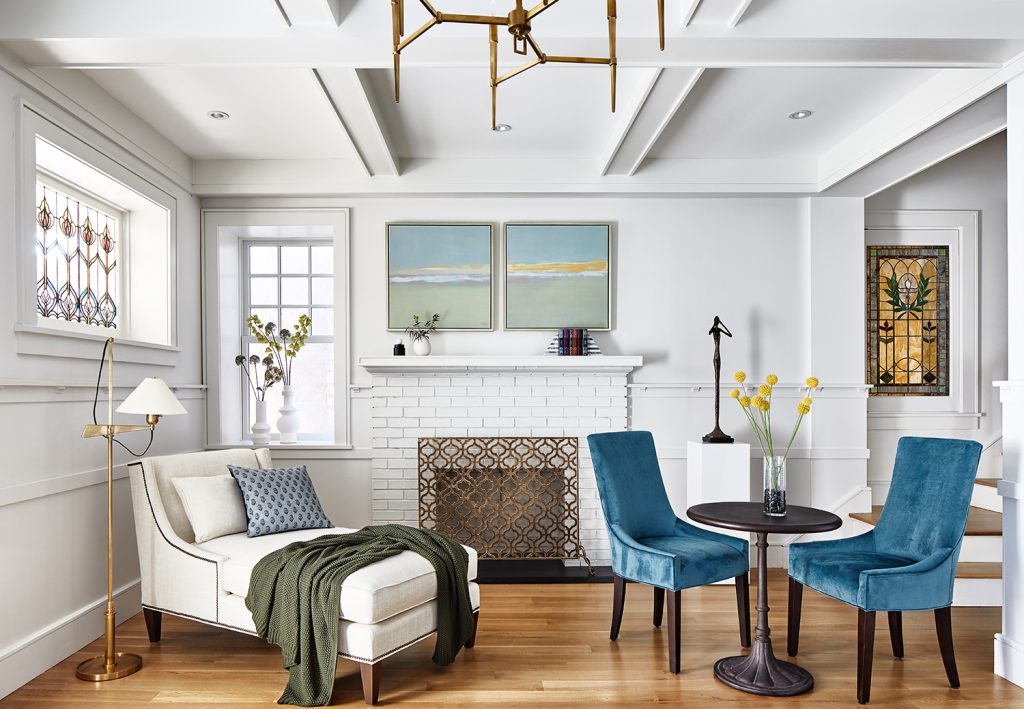Wooden flooring isn’t the most challenging material in terms of technicality, but it does offer a wide range of options. The aesthetics of the wood, including its species, colour, grain, and polish, as well as how it’s trimmed and fitted in your room, are the most important considerations.
Based on how the flooring is used, the space may require a soft or stronger wood, but there are so many resilient coatings available now that most wood suppliers should really be able to help you realize your idea.

Wood is by far the most environmentally friendly flooring option available. It’s the only one that’s renewable in nature. A real wood floor has the potential to last for centuries. The majority of other flooring are made to be thrown away.
Dimensions that are Universal
Strips, planks, and tiles are all options for wood flooring:
- Plank
Planks are broader than strips wood and come in ½” and ¾” thicknesses, as well as a variety of thicknesses ranging from 3 to 12 inches in 1-inch intervals.
- Tile
The length can vary, although it is usually brief. The thickness can range from 5/16 to 3/4 inch.
- Wide Plank
Planks that are broader than 5 inches are typically regarded extremely wide and may be difficult to find.
- Strip
Frequently referred to as a “classic” wood floor. Strips are offered in thicknesses ranging from 5/16 to 3/4 inch and widths ranging from 1 to 3 inches.
What are the various varieties of wood flooring?

Because there are so many different types of wooden flooring, it’s important to understand the qualities of each one to determine which one would be ideal for your house.
- Solid Wooden Flooring
Solid wood flooring is constructed from a single piece of wood that is 18 to 20 millimeters thick. It has a timeless appeal that never goes out of fashion, is durable, and can be wiped and cleaned to retain its original appearance .The downside is that it is extremely expensive, and it has a propensity to expand when wet and deflate when dry.
- Bamboo flooring
Bamboo is a very durable resource because it develops much more quickly than hardwood trees. Bamboo flooring planks are made by squeezing bamboo strands under high pressure and temperature. Despite the fact that bamboo is a grass, the largest bamboos are referred to as bamboo trees due to their tree-like presence.
- Composite Wooden Flooring
Engineered hardwood, also known as composite wood flooring, is highly resilient and provides excellent moisture and scratch resistance. Chemicals binders and protective layer coatings are used in the manufacturing of this floor surface. As a result, composite wood flooring is an excellent substitute for genuine hardwood flooring because it is less expensive and require less maintenance.
- Parquet Flooring
This is a beautiful wooden flooring that is available in both solid and engineered wood. It consists of little wooden planks that are used to produce floor designs such as basket weaving, herringbone, and other geometric shapes that improve the elegance of the surroundings with ease.
Conclusion

Hardwood floors are becoming increasingly popular among households. Some people prefer wood flooring to carpeting or tiles because it has a more classic look, while others prefer it because it is simpler to properly maintain. However, the question remains as to which is preferable: carpets, tiling, or hardwood flooring. After reading the article, you will have a better understanding of wooden floors.
Thanks to flooringhub.co.uk for consulting.



